Versuchen GOLD - Frei
THE SHELL SEEKERS
Archaeology
|March/April 2025
How hunter-gatherers in northern Florida facing an uncertain future revived a powerful symbol of their past
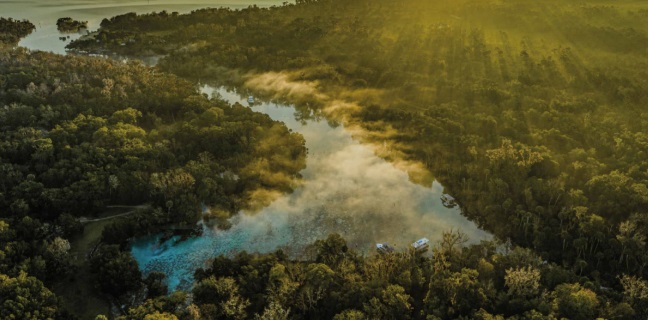
HUNTER-GATHERERS THRIVED in Florida for more than eight millennia before they began to make pottery around 2600 B.C., during the Late Archaic period. This invention seems to have dramatically changed their daily and ritual lives. These people, who harvested shellfish in enormous quantities, had participated in long-distance trading networks that brought them goods such as stone beads from Mississippi and ornaments called bannerstones from Georgia. Such objects were often buried with high-status members of society, who likely controlled the trade networks. But, with the advent of pottery, people in northern Florida stopped importing such prestigious objects. "Unlike stone beads or other exotic items, pottery was accessible to anyone who could dig clay," says archaeologist Zackary Gilmore of Rollins College. In northern Florida during the Late Archaic period (ca. 3700-1500 B.C.), people used Spanish moss as temper-a substance added to clay to prevent it from breaking when fired-to make ceramics, some of which appear orange in color. They decorated these vessels with abstract motifs consisting of multiple incised straight lines. Many of the geometric patterns they created include designs such as chevrons and triangles, which their ancestors had carved on bone, antler, and wooden objects.

Diese Geschichte stammt aus der March/April 2025-Ausgabe von Archaeology.
Abonnieren Sie Magzter GOLD, um auf Tausende kuratierter Premium-Geschichten und über 9.000 Zeitschriften und Zeitungen zuzugreifen.
Sie sind bereits Abonnent? Anmelden
WEITERE GESCHICHTEN VON Archaeology

Archaeology
LEGEND OF THE CRYSTAL BRAIN
When most people envision the victims of the eruption of Mount Vesuvius in A.D. 79 that destroyed the cities of Pompeii and Herculaneum, they think of the casts of their bodies made by pouring plaster into voids left by their decaying corpses. Yet not all the physical remains of those who perished in the cataclysm decayed. In one case, a remarkable transformation occurred—a man’s brain turned to glass.
3 mins
July/August 2025
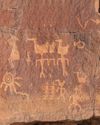
Archaeology
Birds of a Feather
Intriguing rock art in the Four Corners reveals how the Basketmaker people drew inspiration from ducks 1,500 years ago
8 mins
July/August 2025
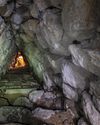
Archaeology
THE HOME OF THE WEATHER GOD
In northern Anatolia, archaeologists have discovered the source of Hittite royal power
13 mins
July/August 2025
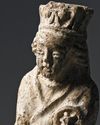
Archaeology
SAINTS ALIVE
Since 2019, archaeologists have been excavating in Berlin's oldest square, known as the Molkenmarkt, or Whey Market.
1 min
July/August 2025
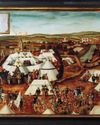
Archaeology
SOLDIERS OF ILL FORTUNE
The Schmalkaldic War, which began in 1546 and lasted less than a year, pitted the forces of the Holy Roman emperor Charles V (reigned 1519-1556) against the Schmalkaldic League, a Protestant alliance formed by German principalities and cities within the empire.
1 mins
July/August 2025
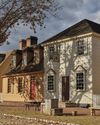
Archaeology
A NEW LOOK AT AN OLD CITY
Archaeologists are reconstructing the complicated 400-year history of Virginia's colonial capital
13 mins
July/August 2025
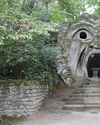
Archaeology
ITALY'S GARDEN OF MONSTERS
Why did a Renaissance duke fill his wooded park with gargantuan stone
10 mins
July/August 2025
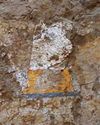
Archaeology
In Search of Lost Pharaohs
Anubis Mountain conceals the tombs of an obscure Egyptian dynasty
3 mins
July/August 2025
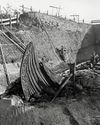
Archaeology
Setting Sail for Valhalla
Vikings staged elaborate spectacles to usher their rulers into the afterlife
15 mins
July/August 2025

Archaeology
BOUND FOR HEAVEN
During excavations of a Byzantine monastery in 2017 just north of Jerusalem's Old City, a team led by Israel Antiquities Authority archaeologists Zubair 'Adawi and Kfir Arbiv discovered an unusual burial in a crypt beneath the altar of the complex's church.
1 mins
July/August 2025
Listen
Translate
Change font size

